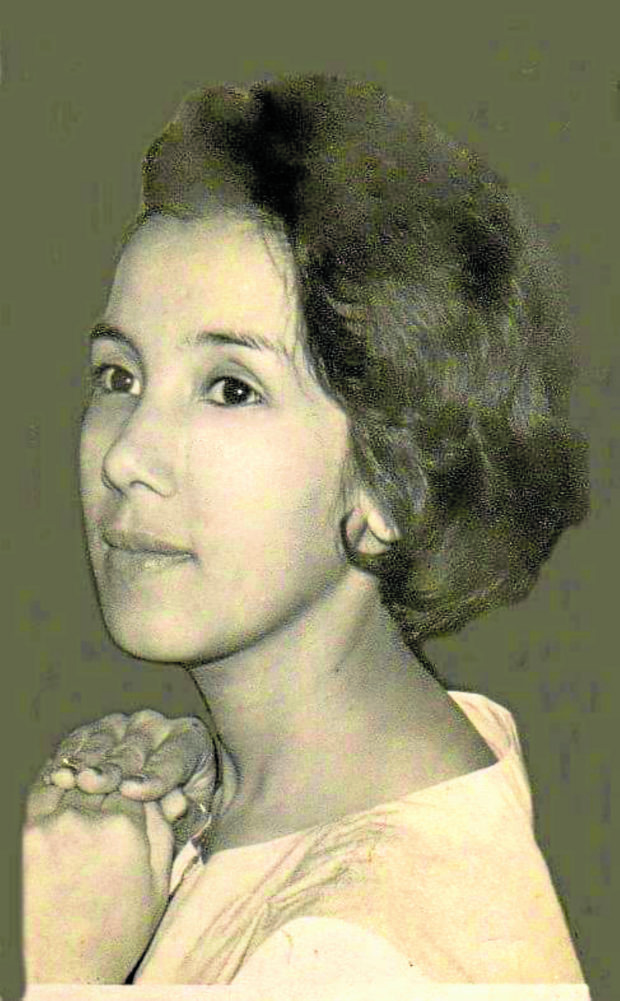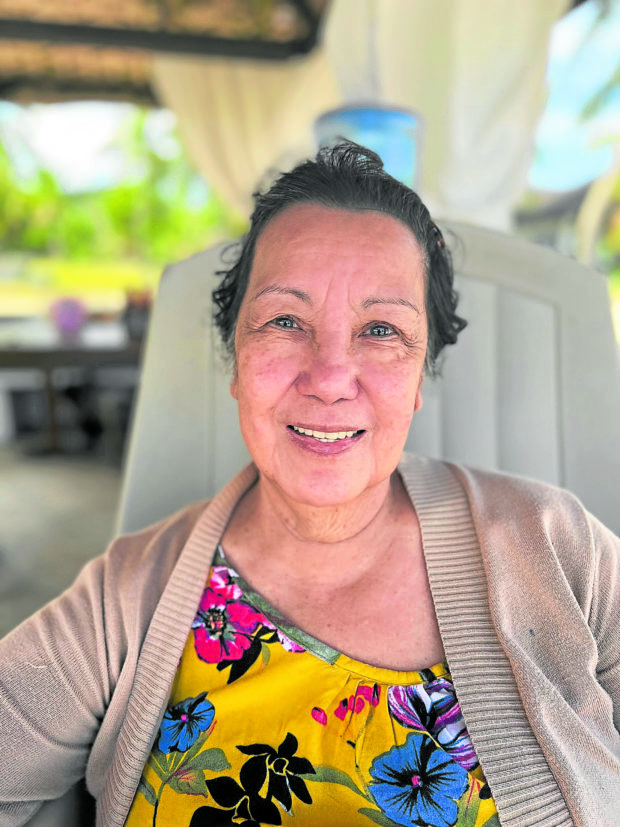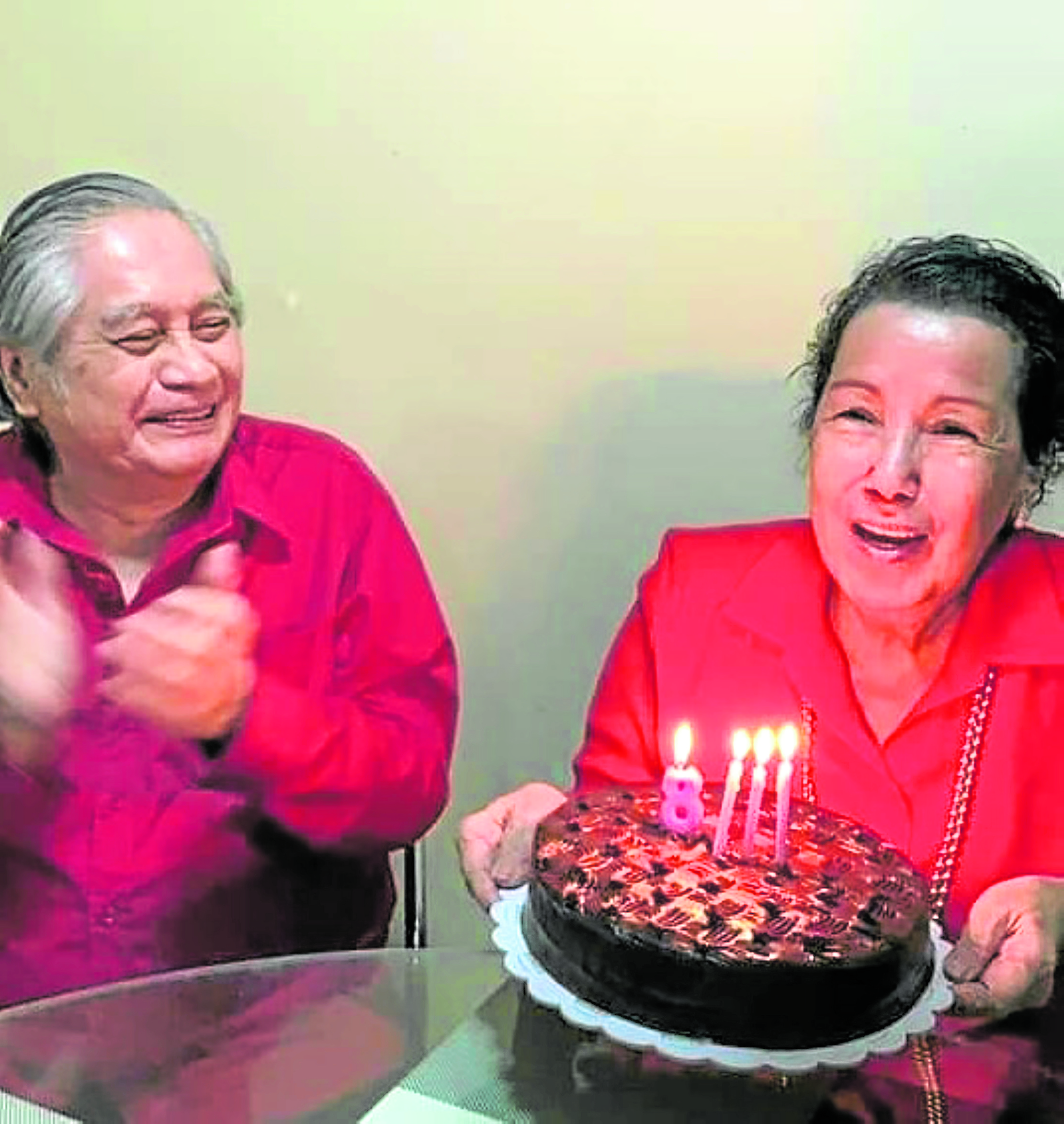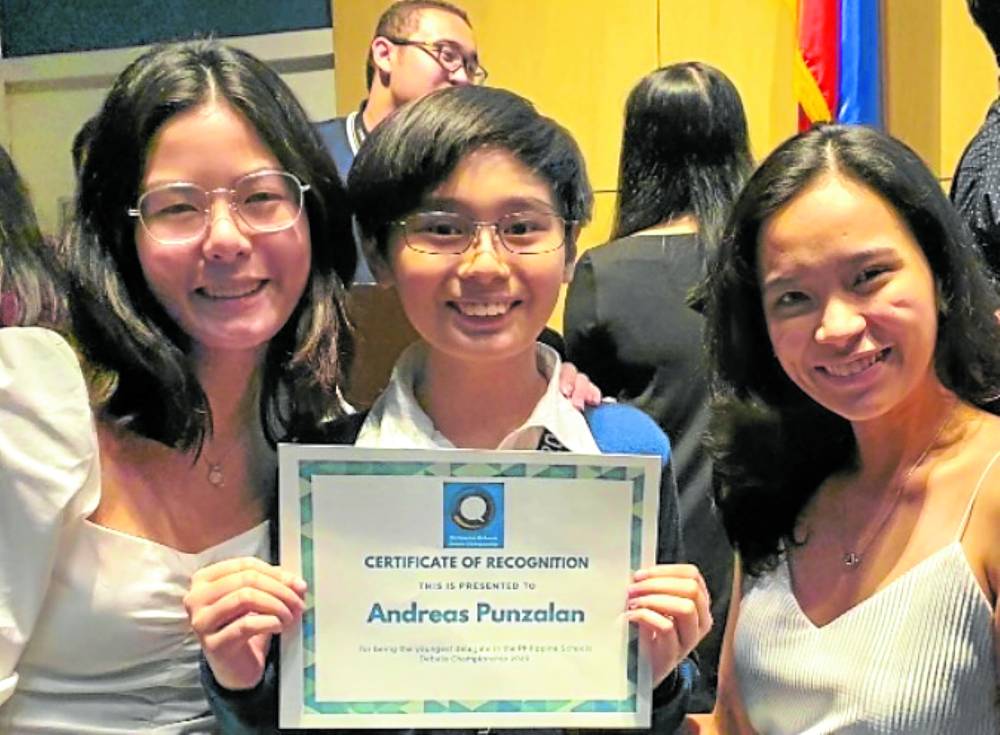
On March 23, I woke up to my mother pounding on my door and screaming, “Ang lola mo hindi magising!”
We ran over to my grandparents’ house and saw my Lola Lydia on her bed, unresponsive.
What felt like an eternity later, I was on the first ambulance ride of my life. The sirens blared as I willed the driver to go faster, praying that my grandma, who was cocooned in a blanket on a stretcher at the back, would be OK.
“Please, please, please, let her be OK,” I kept praying. I had just lost my other grandma in January.
Inside the emergency room, doctors swarmed over her, shining a flashlight in her eyes, trying to tap her awake. “Ma’am Lydia! Ma’am Lydia!” they yelled.
I told and retold the events of that morning to 10, maybe 15 medical professionals. My grandma asked my grandpa for Vicks before 5 a.m., telling him she had a headache. She closed her eyes and prayed, quoting a Bible scripture as she is wont to do. “Surely goodness and mercy shall follow me all the days of my life …” But then she slurred the next line: “And I will dwell in the house of the Lord forever.”
Then, she started snoring loudly and when my grandpa tried to nudge her awake, he couldn’t. He called my mother.
The doctors grilled me. Did she have a seizure? Did she throw up? Does she have maintenance medicines? Does she have allergies? Has she been admitted here before?
The answer to all those questions was no. My grandmother didn’t even like taking vitamins. She didn’t go for checkups and you couldn’t make her go. The last time she was hospitalized was 50 years ago, when she had a hysterectomy.
“It could be a stroke,” they said. “Or maybe COVID. But most likely a stroke.”
They needed to do a CT scan. Her oxygen level had dropped so they needed to intubate her and hook her up to a ventilator. They needed to do an MRI. They needed to put in a catheter and a feeding tube.
I signed consent form after consent form, hoping and praying that all this paperwork would lead to my grandmother waking up and being her normal, energetic self again.
Grim MRI
Lola Lyd is a very young 84-year-old. She would have rolled her eyes at their questions—can she still eat without assistance? Give herself a bath? Walk? Ridiculous!
“Of course!” I said. “She’s super active. She was playing with her great-grandson just last night. She cooks for everyone. She likes going out. She preaches every day.”
Before that morning, my grandma was so strong and her capacity to love so great that she was still taking care of so many people, and I don’t mean just family members.

But the results of the MRI were grim.
She had a massive stroke at the back of her brain.
I reported the news to our family, not believing the words coming out of my own mouth. This was Lola Lyd, our superwoman. It felt weird not hearing her voice.
I kept talking to her. “Lola, it’s Pam. We’re at St. Luke’s. I’m the only one here because only one person can be with you at the ER. But everyone is praying for you. I know you’re praying, too.”
I looked into her glassy eyes, unsure if she could actually see me. I stroked her hair like she had stroked mine so many times before. I fixed her blanket like she always fixed mine. And I kept talking to doctors, so many doctors.
One of them asked, “Are you a doctor?”
“No,” I said, thinking, “I just watch too much ‘Grey’s Anatomy.’”
They wanted us to make a decision, just one of the many big medical decisions us nondoctors would have to make over the next days: Would we give the neurosurgeon the go signal to perform a thrombectomy?
With this procedure, the neurosurgeon would use a catheter to remove the clot that caused the stroke. There was no guarantee of success or that it would help. And, of course, it came with risks. Also, a resident reminded us, it’s an expensive procedure.
My uncle and I talked about it as he made his way from Batangas to Manila, weighing the pros and cons over the phone. What if the procedure did more harm? But what if this could bring her back? We agonized over the decision while the doctors hounded me for an answer. They needed to know what we wanted. We were wasting precious time.
It was my turn to grill the doctors. Do you agree with the neurosurgeon? How good is he at what he does? What are your success rates? Would this procedure give her the ability to talk again? What is the best case scenario? What would her quality of life be? Would you say yes if it was your loved one who needed the thrombectomy?
Praying for a miracle
Like many Filipino families, we didn’t like talking about disease or death. When my grandma did, it was always in the context of prayer and telling us that miracles happen.
That day in the ER, we needed a miracle. But the doctors also needed to do their jobs. And so we said yes to the thrombectomy. My uncle, my grandma’s only son, said, “I wouldn’t be able to stand knowing I didn’t do everything I could for her.”

Before the procedure started, my grandpa prayed for the neurosurgeon and his team. But about an hour in, the neurosurgeon returned to face us. I stared at the blood on his white shoe as he explained that he couldn’t proceed with the thrombectomy because there was no clot that had to be removed. It was stenosis that caused Lola’s stroke.
We thanked him for his efforts. With the thrombectomy no longer an option, all the doctors had to offer were medicines. Lolo Bojie reassured us. “That’s OK. We just keep praying.”
We were holding on for Lola’s miracle. If someone was going to get one, it would be her, I thought. She’s devoted her life to her faith. Her prayers had always been extra powerful. I liked to tell my friends that she had a direct line to God.
At the neurocritical care unit (NCCU), over the next days, we played gospel songs, prayers and preachings. We fussed over her, making sure she was comfortable. And we kept talking to her, asking her to wake up.
She responded the most to Tito Jojo’s voice (we’ve always liked to say he’s her favorite child), moving her feet when he asked her to. Was that really her? we would ask the nurses. Or is that just her reflexes?
We brought food for the nurses and when they said we didn’t have to, we said, “It’s our way of thanking you for taking care of her. Plus, food is her love language. If she were awake, she would have already fed all of you.”
Eventually, Lola would slide down the Glasgow Coma Scale to the lowest possible score of 3—she no longer opened her eyes, she didn’t even feel pain. And yet we kept praying for a miracle.
More decisions
Lola’s stroke had progressed, we were told. While we tried to spend as much time with her as we could, breaking the rules of the visiting hours, we were asked to make more decisions.
If her brain continued to swell and they needed to relieve the pressure, would we allow another neurosurgeon to remove parts of her skull? What about dialysis? The meds had been hard on her kidneys. Would we allow them to do this slow, expensive version of dialysis that would need to run for 24 hours?
Do we want to move her from the NCCU? What about bringing her home? Would we be ready to have her at home hooked up to a ventilator and cared for by a nurse? In case her heart stops, should they do CPR? Use a defibrillator?
I realized that, eventually, you get sick of talking to doctors no matter how nice, skilled and well-meaning they are. And you feel drained by the decisions you have to make, decisions that could mean life or death for a person you love.
Things could have been easier if we had only talked about it when we still could, if we only knew what she wanted.
But maybe we did. All her life, she had been excited to go to heaven. What if she was only holding on because she knew we weren’t ready to let her go?
After another intense family meeting, I went up to Lola’s bed and held her hand. “Lola, lagi na lang ’yung gusto namin. Ikaw naman. What do you want?” I asked the woman who had spoiled all of us all our lives.
Then, just as I had in the past days, I thanked her for everything and told her I loved her. But this time, I added, “See you tomorrow … if that’s what you want.”
Two hours later, we were called back to the hospital. Her vitals were unstable, we were told. But they can give her something they called compassion or compassionate medicine.
I asked, “Doc, that medicine, is that compassion for the patient or for the family?”
“For the family,” was the reply.
It was just to extend our time with her. But we were ready.
We watched as Lola Lyd’s blood pressure dropped from 80 to 60 to 50 to 43. We surrounded her, a circle of love, crying, thanking her, saying our goodbyes and promising her that we would take care of Lolo.
Hugs
Earlier, I had asked the nurse to lower the bed rails so we could easily touch her. I was cradling Lola Lyd’s left arm in my arms and when Tito Jojo leaned over to hug her, I put her arm around his back so it would feel like she was hugging him, too.
“Wait!” said Tita Arlene, Lola’s youngest child. Later, she would tell us that she found the whole scene so comforting and that it reminded her of how, when she misses her son Iz who passed away in his sleep at the age of 28, she looks at the photo of their hands clasped together at the ER. She wanted all of us to have that last hug with Lola.
And so one by one, we hugged Lola, her arm gently placed around us one last time. It was a strange, beautiful, touching moment that turned funny when Tito Jojo said after all the hugging, “Ano ba ’yan, mukha nang nilamutak ang Lola niyo.”
We fixed Lola’s blanket and then my cousin Miguel said, “Whoa.” We looked up and saw that Lola’s blood pressure had gone from 43 to 112/87. “Lola! Hug lang pala gusto mo,” I said through tears.
It couldn’t have been the medicines—they had already started to run out. We like to believe that the spike in her blood pressure was her feeling our love and her showing us her love.
A few minutes later, Lola’s pulse stopped. We shed more tears and Tita Arlene and I clutched each other and said, “That was such a beautiful goodbye.”
It was a classic Lola Lyd move to leave us like she did, wanting to make sure we were OK first, that we were ready, and that while we would certainly yearn for her presence, love and care, she left us with peace in our hearts.
When Lola Charit died in January, Lola Lyd mourned with us, and she would send me messages on Messenger from time to time, comforting me. “Masaya na siya! Sumakabilang buhay! Satisfied with good long life! Showered niya kayo ng sobra-sobrang pagmamahal. She’s happy now with her Creator.”
I look at those messages now and marvel at how much they apply to her, too.
During that week Lola spent in the hospital, we kept believing we would get a miracle. But what we didn’t immediately see was that we already had one in all the years we enjoyed with her, all the people she loved, all the lives she touched.
People are supposed to have two vertebral arteries that carry blood to the brain and spine. Lola Lyd’s MRI revealed that she only had a right vertebral artery—her left one never developed in childhood. But that never stopped her from living a full life, and what a beautiful, full life she lived.









































